Cryotherapy is the use of low temperatures in medical therapy. It is applied to treat a variety of conditions, most commonly to relieve muscle pain, sprains and swelling after soft tissue damage or surgery. For decades, it has been employed to accelerate recovery in athletes post exercise but in the last few years, it is starting to be used to treat a much wider range of conditions with surprising results.
Cryotherapy decreases the temperature of surface tissue to minimize hypoxic cell death, edema accumulation and muscle spasms, all of which ultimately alleviate discomfort and inflammation. There is a range of “cold” treatments, from the application of ice packs or immersion in ice baths to the use of cryo chambers. Dr Georges Roman, a highly respected doctor with clinics in London, Paris and the Middle East gives us a simplified version, “Cold is a form of aggression and when the body feels attacked, it defends itself and tries to compensate for that attack. The first thing it does is to secrete huge amounts of adrenaline, which in turn, stimulates the immune system.”
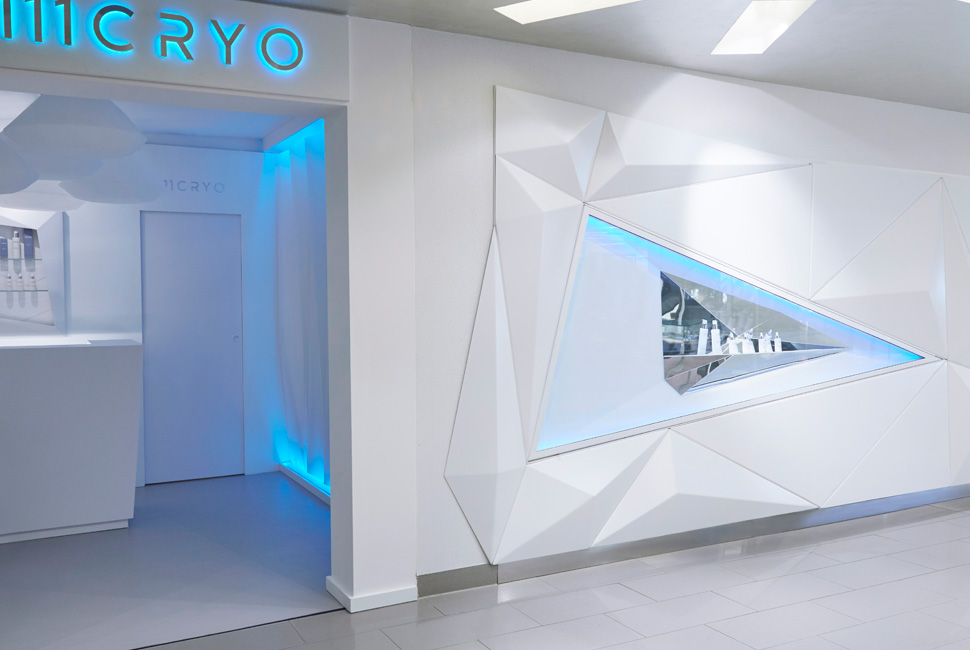
Ice pack therapy is used in specific areas of the body. An ice pack is placed over an injured area and is intended to absorb heat from the injury by using conduction to transfer thermal energy. The physiological effects of cold application include immediate vasoconstriction with reflexive vasodilation, decreased local metabolism and enzymatic activity and decreased oxygen demand. Cold reduces muscle spindle fibre activity and slows nerve conduction velocity; therefore, it is often used to lessen spasticity and muscle guarding. It is commonly used to alleviate the pain of minor injuries, as well as decrease muscle soreness.
The use of ice packs in treatment reduces the blood flow most rapidly at the beginning of the cooling period; this occurs as a result of vasoconstriction, the initial reflex sympathetic activity. Stephen Garvey, co-founder of Physio on the Green is very well acquainted with the use of cold therapy in sports rehabilitation. “This is a well-tested method for relieving pain, especially injuries, muscle strains or when recovering from surgery. The best results are achieved when following what is known as the RICE protocol: resting the injured area, using ice, compression and elevation.” Cold therapy machines combine these principles to provide treatment options at different stages of rehabilitation.
They are portable and easy to use so they’ve become very popular. “Using just ice doesn’t really work because it doesn’t get deep enough into the tissue,” explains Steve, “where the injury or the inflammation are. By using compression, the ice penetrates much deeper.” An added value is that the cold has a numbing effect so it often reduces the need to take anti-inflammatory drugs. As with most things in life, timing is everything with inflammation. “Within 48 to 72 hours of having an injury, there is an inflammatory response, part of which is good because that inflammation allows certain cells to start healing the damaged tissue,” Steve describes, “but after 72 hours that can produce swelling and bring fluid into the area, which in turn can affect mobility, pain levels and other comorbidities. Cryotherapy helps to stem inflammation.”
The use of cold means the body achieves an improved ability to neutralise toxins…
– Dr Alexandrides.
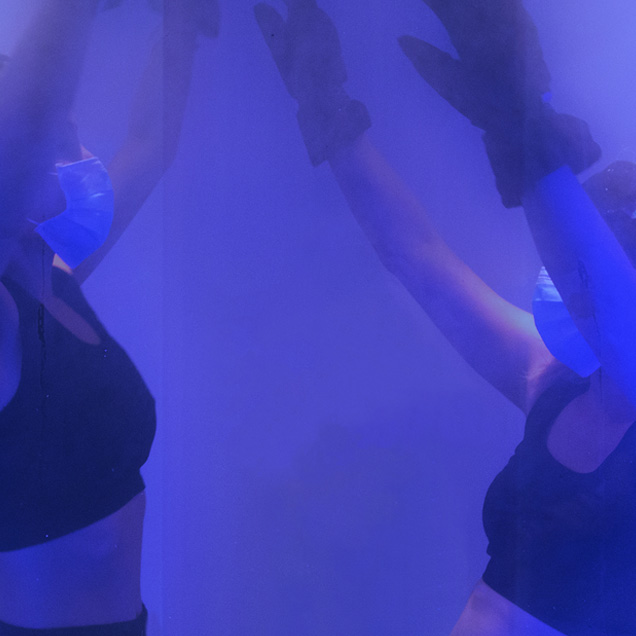
From a purely exercise point of view, elite athletes want to get better and stronger all the time and in doing so often get muscle soreness, so having ice therapy at hand can be very helpful. “Ice therapy machines allow these athletes to recover quicker and perform more regularly,” adds Steve, “in addition, there is some evidence to suggest it helps prevent further injury in the future and even improves flexibility.”
Cold therapy can also involve the entire body, in what is known as Whole Body Cryotherapy (WBC). The first WBC chambers were built in Japan in the late 1970s, introduced to Europe in the 1980s, and have started to be widely used in the U.S. and Australia in the past decade. The treatment involves the subject entering into the cryotherapy chamber that is cooled down to temperatures as low as −100 °C for two to four minutes. To achieve the subzero temperatures, two methods are typically used: liquid nitrogen or refrigerated cold air. During these exposures, individuals wear minimal clothing (basically just your underwear plus a pair of shorts), gloves, a woollen headband covering the ears, a nose and mouth mask, socks and heavy slippers to reduce the risk of any cold-related injuries.
How does it all work? Well, when the body is exposed to extreme cooling, the blood vessels are narrowed and less blood flows to the areas of swelling. Once outside the cryogenic chamber, the vessels expand and an increased presence of anti-inflammatory proteins is established in the blood. Therefore, cryotherapy chambers are associated with sports rehabilitation and wellness.
The effects on reducing pain and inflammation result in supporters of this therapy using it to treat not just exercise recovery performance and to improve joint function but also for conditions like rheumatoid arthritis, eczema, and mental disorders like anxiety and depression. Steve concurs, “I have tried cryotherapy chambers myself and I’d dare say the psychological effect may even be stronger than its physical counterpart.” As he perceives my reservations, he adds, “It is just chemistry.
I must tell you that I felt much better afterwards, more energised and even more positive – probably due to a boost on the production of serotonin – a bit like when you finish playing sport and jump into a cool pool…
– Dr Roman.
The cold encourages a rush of endorphins and other ‘happy hormones’ so you come out of the chamber feeling elated.” Having experienced this treatment himself too, Dr Roman is of the same opinion: “I must tell you that I felt much better afterwards, more energised and even more positive – probably due to a boost on the production of serotonin – a bit like when you finish playing sport and jump into a cool pool. There is a certain feeling of elation when you come out that lasts for hours.” Some even claim that WBC may have beneficial effects on Alzheimer’s, fibromyalgia, migraines, multiple sclerosis, depression or anxiety. There is not yet strong evidence supporting these claims but Steve tells me that “Cryotherapy is being increasingly used as an add-on and even instead of medication for people suffering from mental health conditions.”
With the use of liquid nitrogen there is the risk of inert gas asphyxiation as well as frostbite. Dr Yannis Alexandrides’ 111CRYO/HEAT facility in Harvey Nichols, London uses gas-free cryo chambers as this is the safest way to deliver cryotherapy. To date, more than 4,500 people have used 111CRYO/HEAT.
As the longest established clinic of its kind in London, 111CRYO/HEAT uses its chamber not only to address conditions known to respond well to this treatment like inflammation reduction, muscle pain or DOMS (Delayed Onset Muscle Soreness) but also to achieve a wider range of goals, from metabolic boost and a rise in energy (courtesy of the resulting adrenaline and endorphin rush) to anti-ageing, immunity support (thanks to the increased circulation of oxygenated blood) and improving sleep quality (cryotherapy seems to improve serotonin and melatonin balance).
Cold therapy can alleviate muscle soreness so athletes can recover quicker and train harder…
– Stephen Garvey.
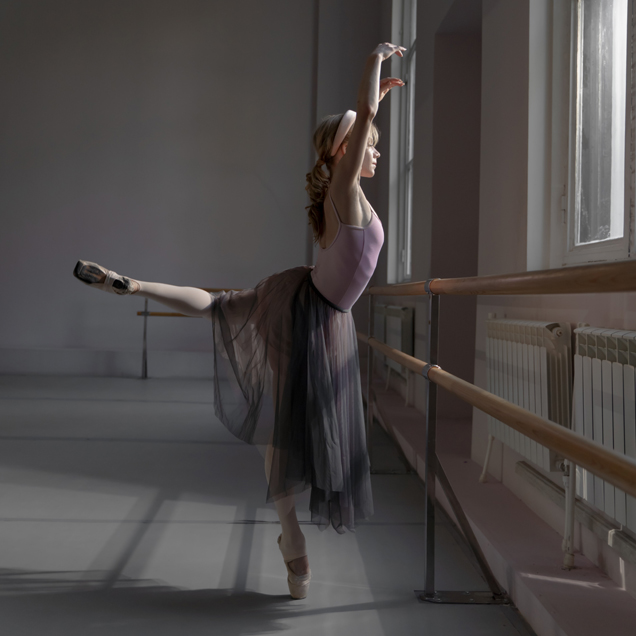
These innovative ways of applying cryotherapy may sound a bit far-fetched, but they have a strong scientific base. For example, at 111CRYO/HEAT they explained to me how the positive effects on the levels of collagen and elastin are due to a response to better circulation thanks to a high oxygen intake promoted by the cold, and as Dr Roman tells me, “Also to vascularisation, which is encouraged by the cold. And where there is vascularisation we see an immediate boost in the production of collagen.” This is a principle he uses all the time in his mesotherapy and IPL treatments, with very positive results.
The anti-ageing properties of cold therapy are most visible with the cryotherapy facials performed at 111CRYO/HEAT. Dr Alexandrides explains how it works, “We use a Cryo Air machine to blast –35oC cooled air and pure CO2 onto the face. Our specific facials also combine this with our cryotherapy-inspired skincare line, the Regenerative collection, to stimulate cellular energy, lymphatic drainage and energise the skin. Cryotherapy activates the production of collagen and elastin in the dermis, increasing its capacity to rejuvenate itself and appear smoother, lifted and firmer.”
Regularity is a strong factor in the success of most treatments and cryotherapy is no different. At 111CRYO/HEAT they recommend you start with a programme of 10 sessions for long-lasting visible effects, especially those of a more cosmetic nature. “The use of cold means the body achieves an improved ability to neutralise toxins and repair cellular damage, resulting in incredible anti-ageing effects,” states Dr Alexandrides.
He kindly offered me to try it for myself. I was a bit apprehensive as I hate cold in any form but as ice in my drink or snow under my skis, however, the truth is that in the three minutes that the session lasted, I hardly felt the cold and afterwards I was certainly invigorated. I planned my treatments no more than three days apart as I was advised that the closer the sessions to each other, the better the benefits. Having done four sessions in just over a week, my personal evaluation is that there is an indisputable increase in my energy levels and the pain I chronically suffer in my shoulders and upper back as a result of hours of typing has remitted, probably due to the anti-inflammatory properties of cryotherapy.
Words by Julia Pasarón





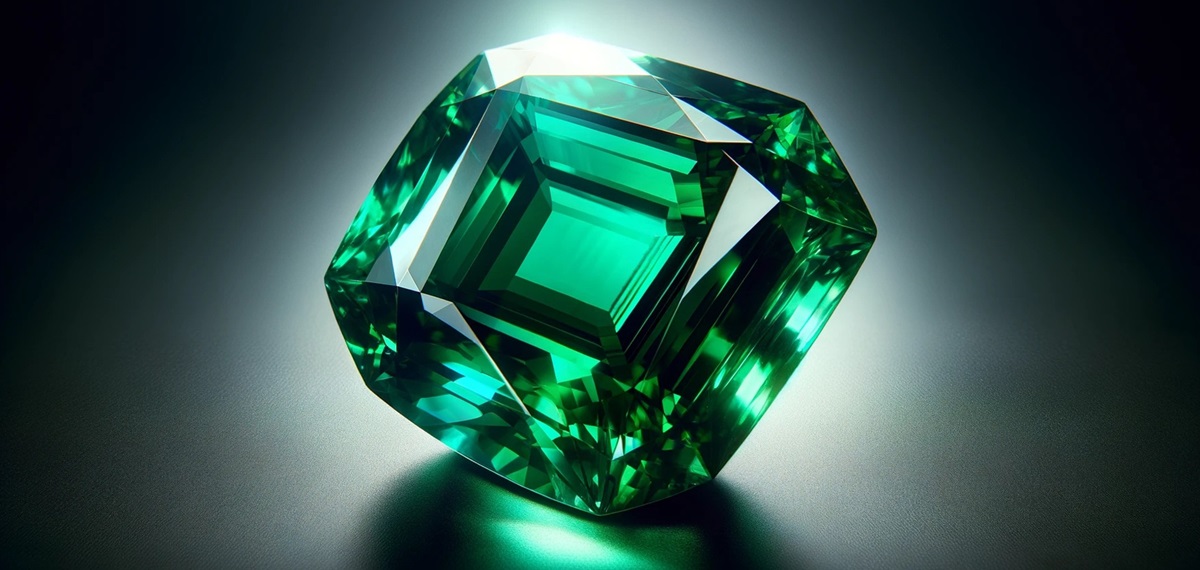
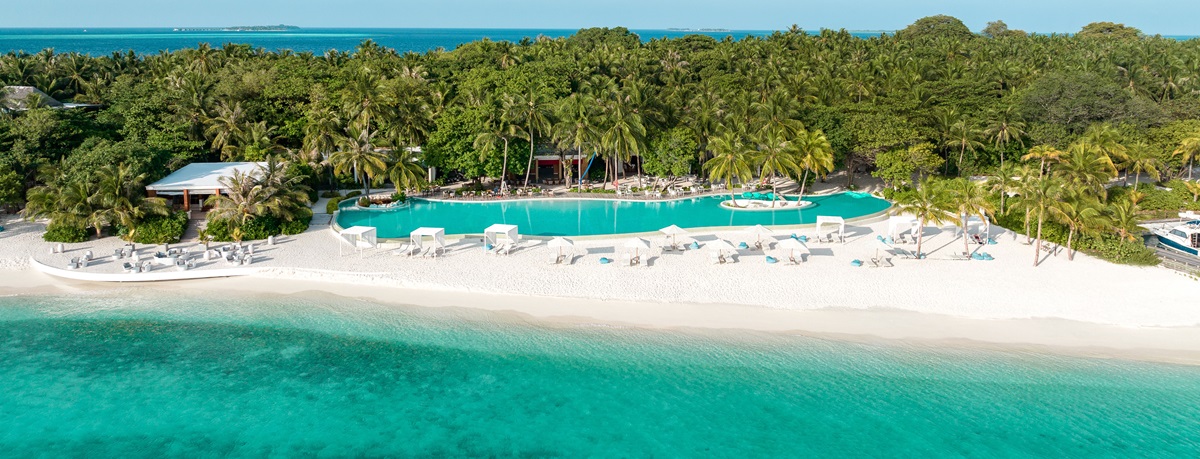

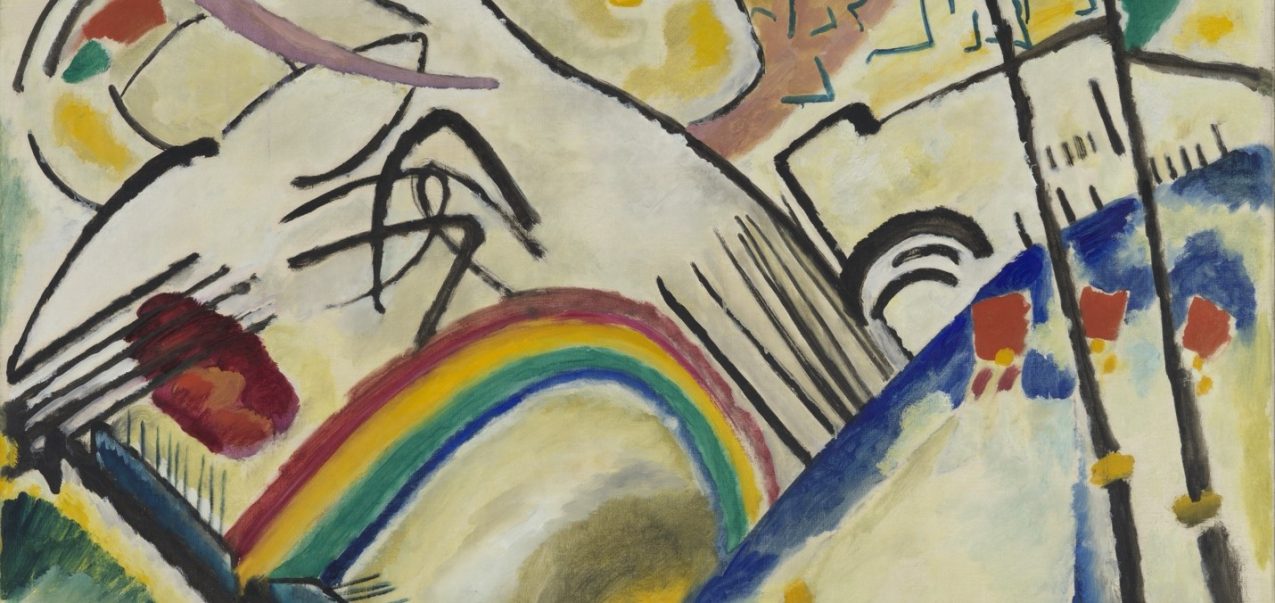
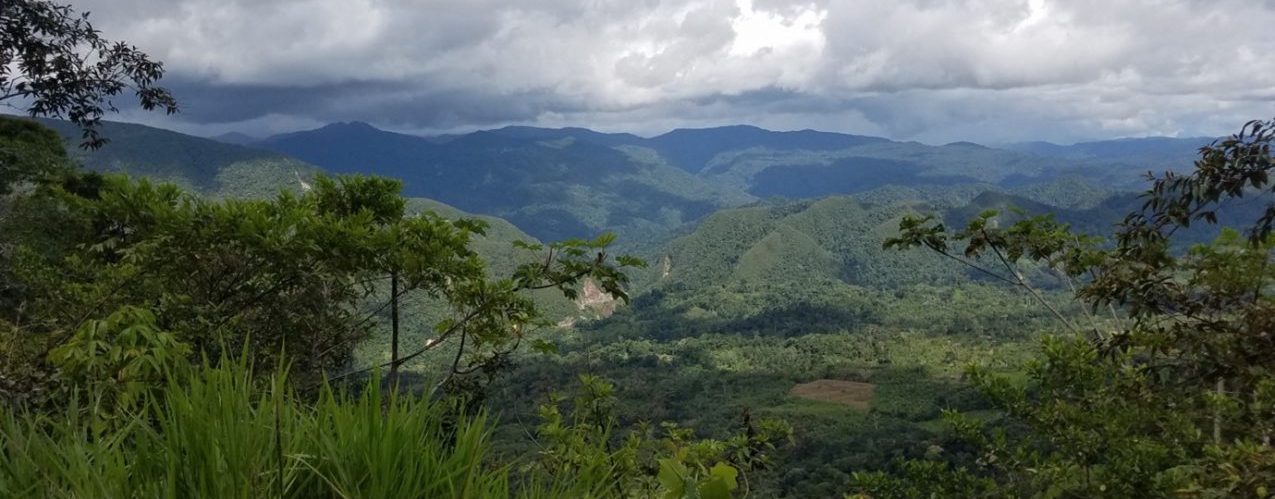
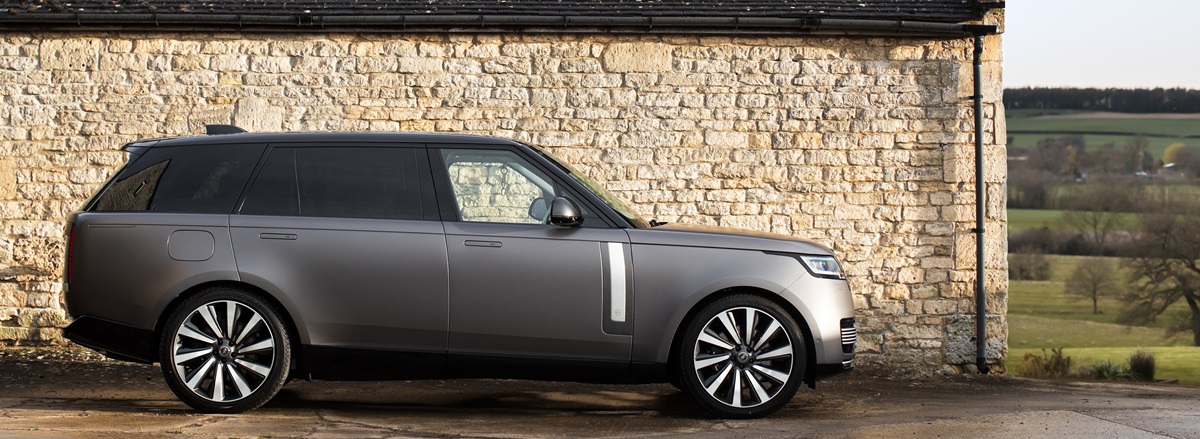
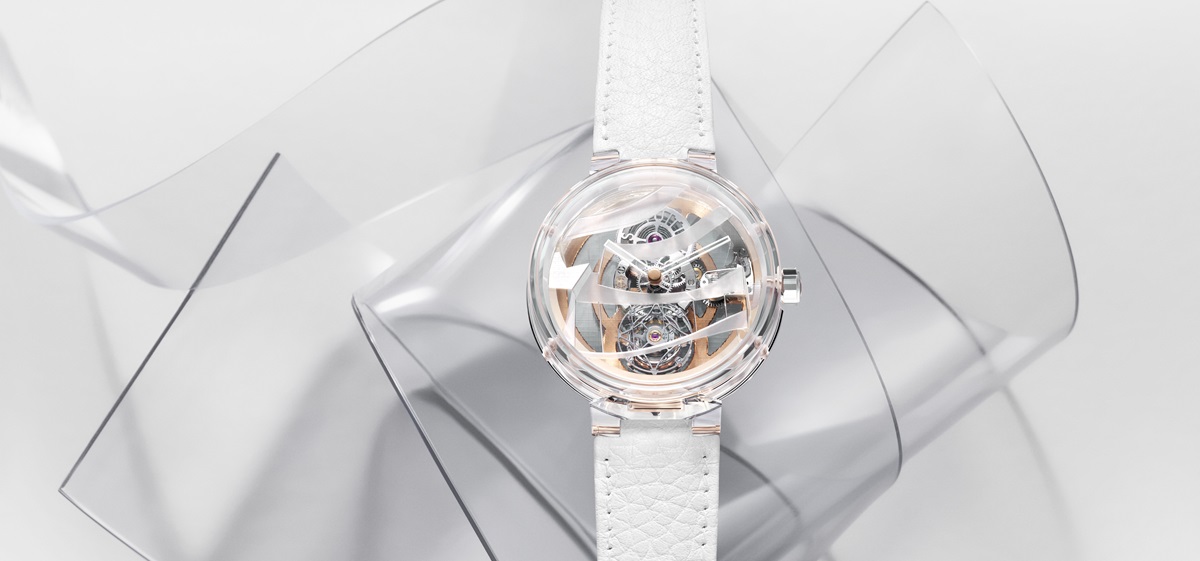
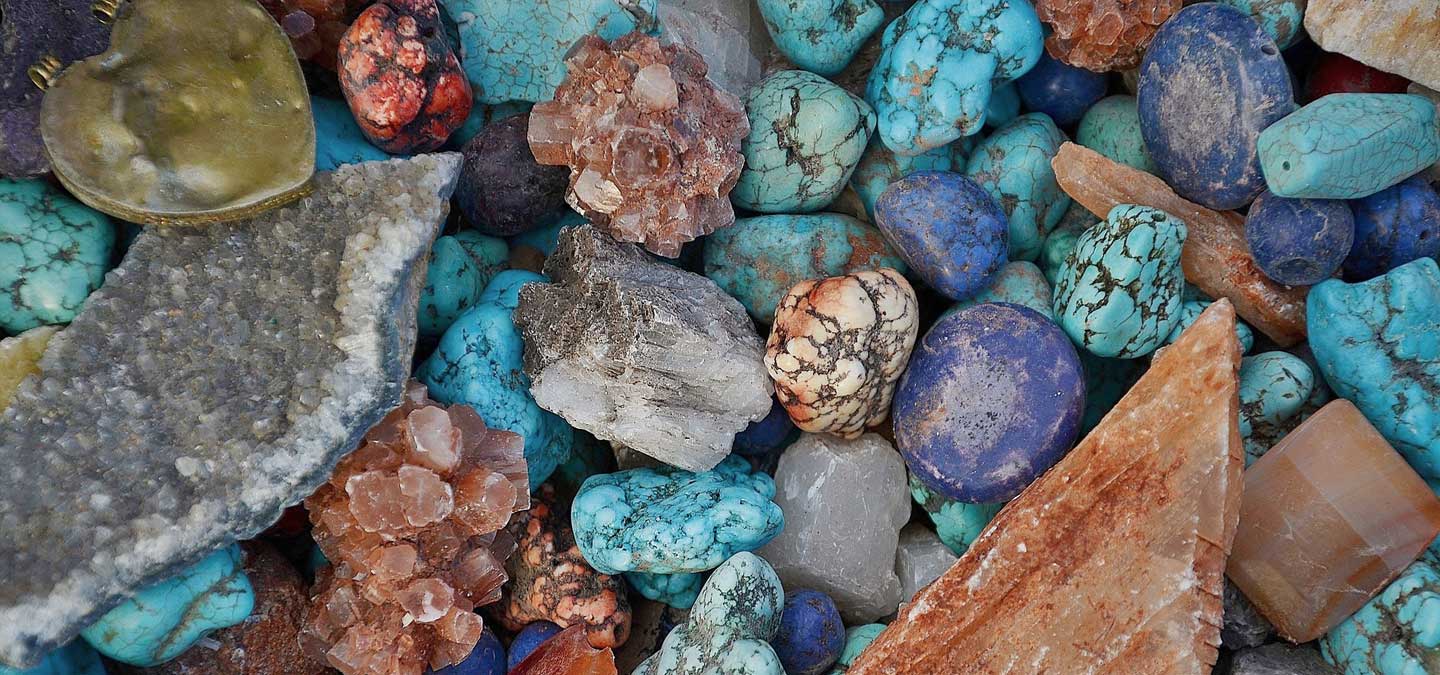

Show Comments +